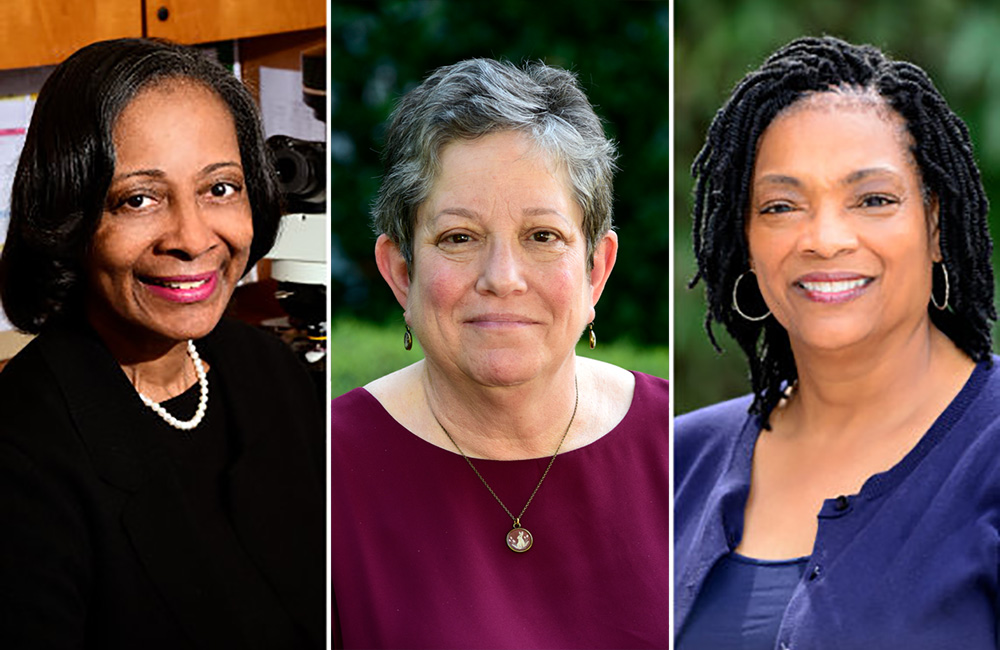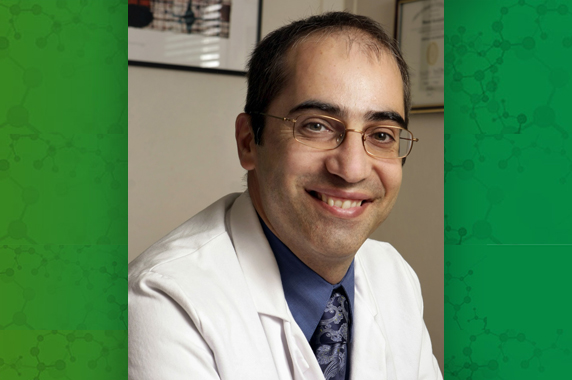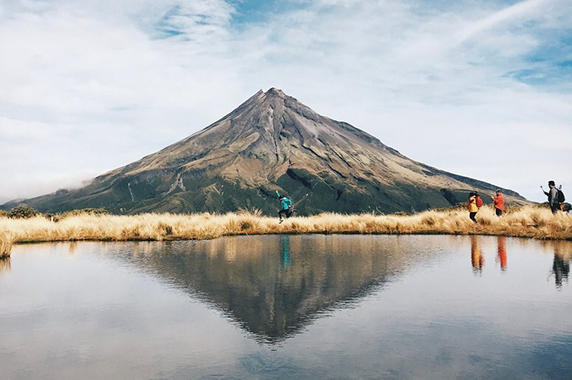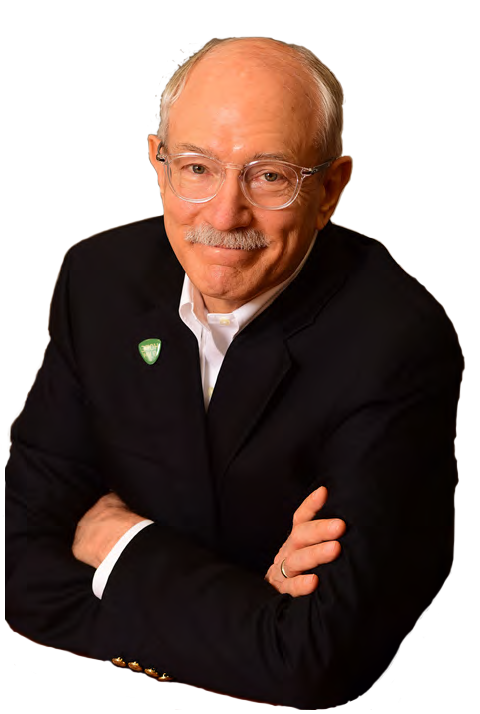Calendar
Mar
05
05
Frederick Miller, M.D., Ph.D., Retirement Symposium
Event Details
Event Details
- Location: Online
- Time: 9:00 a.m.-noon
- Join symposium. Passcode 030521
Mar
09
09
NIEHS Distinguished Lecture Series presents “Cutting DNA Is Risky Business: The Dark Side of Topoisomerase Activity in Yeast”
Event Details
Event Details
- Location: Zoom
- Time: 11:00 a.m.-noon
- Speaker(s): Sue Jinks-Robertson, Ph.D.
- Join on Zoom
Mar
11
11
NIEHS Women’s Health Awareness Virtual Series: “RealTalk With the Experts” presents “Enhancing Family Mental Health in the Era of COVID”
Event Details
Event Details
- Location: Online
- Time: 6:30-7:45 p.m.
- Speaker(s): Cheryl Woods Giscombe, Ph.D., and Shauna Cooper, Ph.D., from the University of North Carolina at Chapel Hill; Erika Dzirasa, M.D., from Catalyst Therapeutic Services, PLLC; and moderator Sharon Mosley, from the Fit Talk, PLLC
- Register by March 10
Mar
16
16
NIEHS Worker Training Program Webinar: Managing Inequities and Environmental Injustices Encountered on the Job Among Vulnerable Workers
Event Details
Event Details
- Location: Webinar
- Time: 2:00 -3:30 p.m.
- Description and registration link
Mar
29
29
Federal Interagency Working Group on Environmental Justice (EJ) Virtual Town Hall Meeting, West and Southwest Region: Impacts of Wildfires and COVID-19 on EJ Communities, presented in both Spanish and English
Event Details
Event Details
- Location: Online
- Time: 7:00 -9:00 p.m.
- Details and registration
Stay up to date on the latest news from the Environmental Factor newsletter










